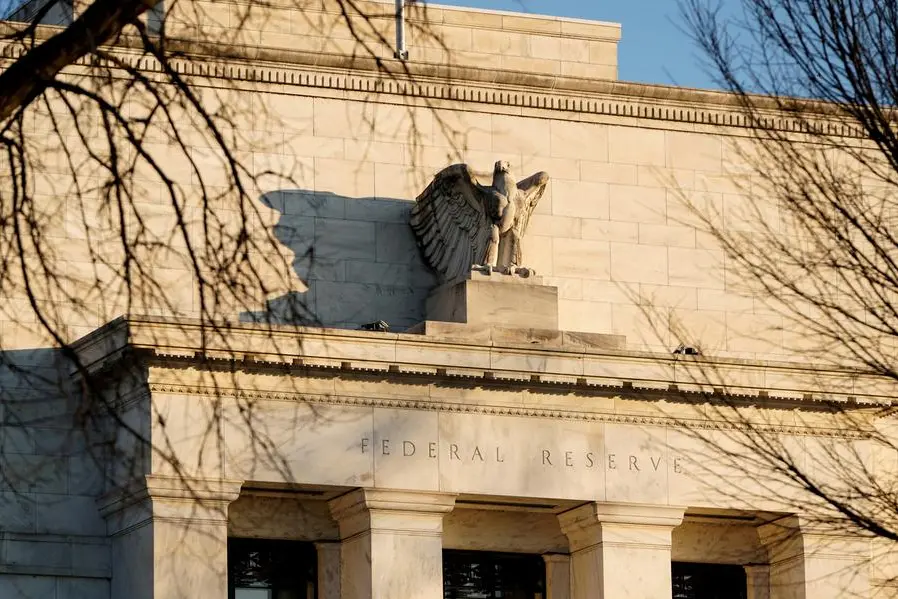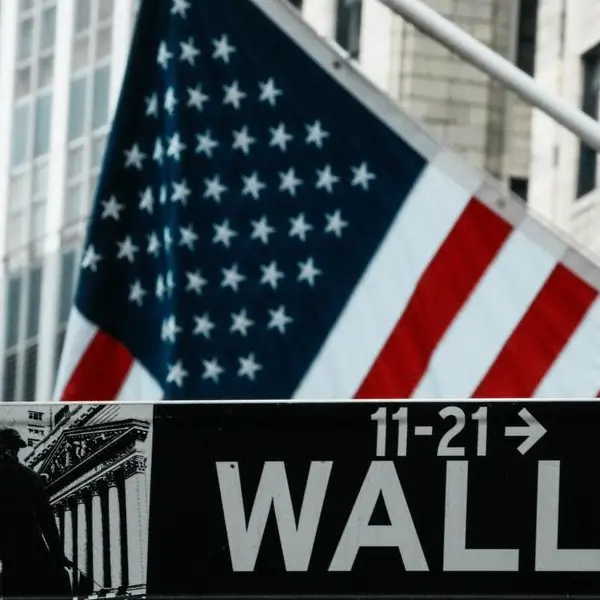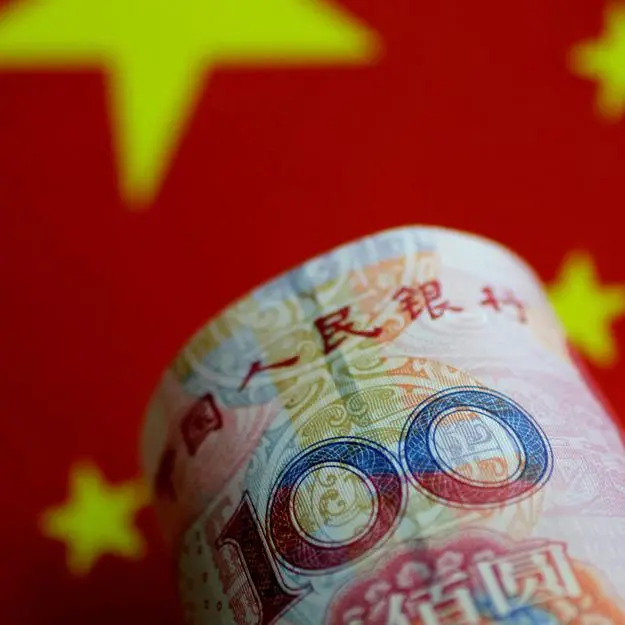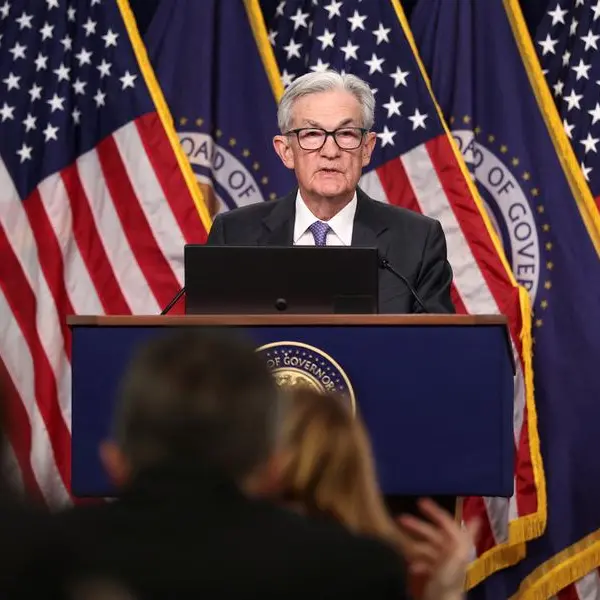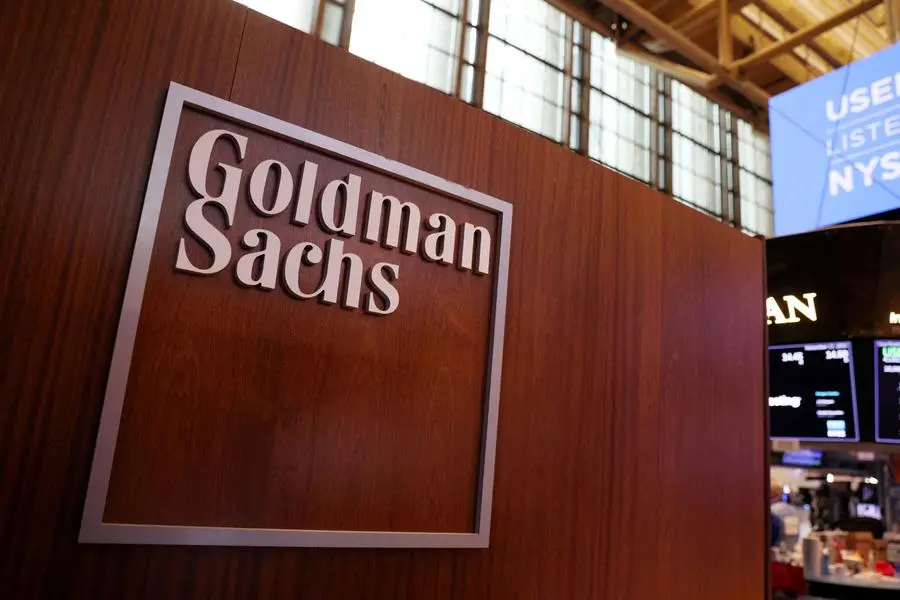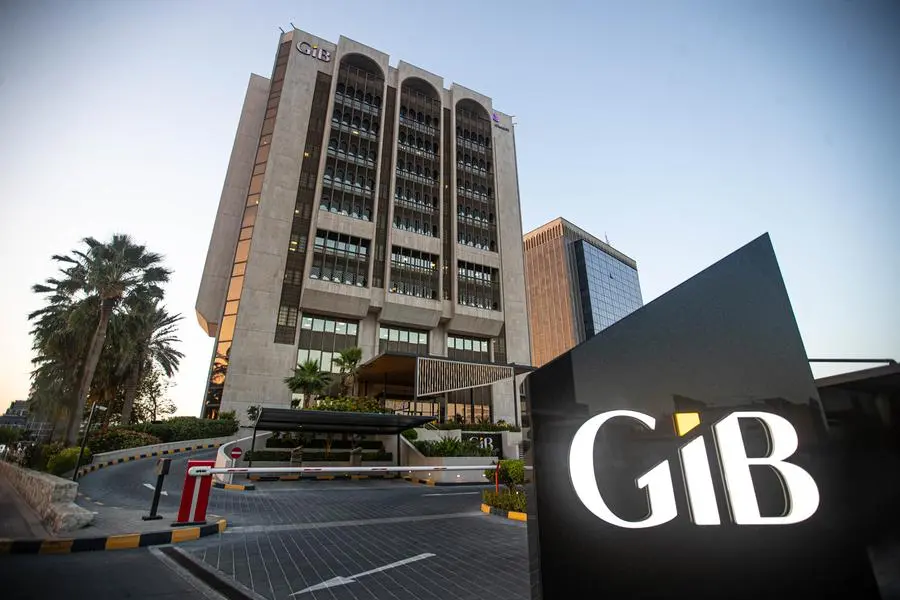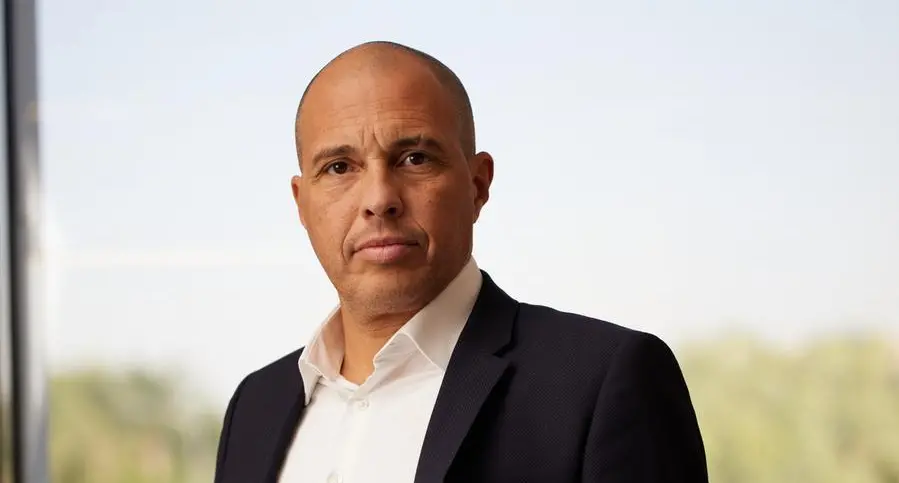PHOTO
LONDON - There are countless measures of elevated U.S. economic uncertainty right now, but the deep gulf in forecasts for Federal Reserve interest rates paints a particularly messy picture.
Few if any expect the Fed to cut its main policy rate this week, despite relentless demands from President Donald Trump and his team for lower borrowing rates. As U.S. central bank officials have stressed routinely, the fog over what happens next for the economy and inflation is just too thick at this juncture.
But what happens after this week looks like a crapshoot.
On the face of it, the median expectation of the year-end Fed policy rate from more than 100 forecasters polled by Reuters last month appears routine for a time with such febrile trade, growth and price risks.
The consensus was for two quarter-percentage-point cuts, pushing the Fed's policy rate to the 3.75-4.00% range.
That's basically the median for where Fed policymakers put it in March, and it's a bit stingier than the 85 basis points in cuts futures markets have been betting on even after Friday's relatively robust U.S. April jobs report.
But much like the views of Fed officials themselves, that median masks big differences of opinion - and not just among the odd outliers.
Some 125 basis points separates the highest from the lowest forecasts.
On one level, a gap of that size may simply reflect the usual smorgasbord of views that make up a market.
But the fact that 20% of those polled saw no Fed easing whatsoever for the rest of the year is pretty extraordinary when markets are priced for three to four cuts.
Seven forecasters saw as many as four cuts for the year, with two - Citi and Wells Fargo - opting for five.
'SUDDEN STOP'
Morgan Stanley strategists expect that the Fed will remain on hold all year, explaining that the shock from Trump's import tariffs could create tension between the U.S. central bank's dual mandates for jobs and inflation by lifting both prices and unemployment. But they expect the Fed will likely lean in the direction of price stability.
"We continue to project no rate cuts in 2025 if the economy avoids a recession, as we currently expect," they wrote last week. "Regarding risks, we don't see much incentive for the Fed to rule-in or rule-out action in June, but we think risks tilt in the direction of the Fed saying that getting clarity to act will likely take time - several months or more."
That certainly tallies with what many Fed policymakers have been saying about the next few months, anxious as they are about the potential for sharp import price rises when inflation remains above target, especially because this may seep into longer-term inflation expectations and behaviour.
But it remains a big call to rule out a cut for the whole year.
They do nuance it slightly by saying markets are underpricing the chance of deeper rate cuts next year. But in foggy times, that sort of distance gets even hazier.
And any seeming conviction in any of these forecasts belies the scale of uncertainty regarding tariffs - where they will end up, on which countries, and the short-term effect on the economy.
Tim Duy, a Fed watcher at SGH Macro Advisors, also takes a hawkish view of the central bank's deliberations and speeches, but he argues that market pricing of a relatively high 40% chance of a cut as soon as the June 17-18 policy meeting is based on lingering fears of a "sudden stop" in activity between now and then.
"This would be consistent with our 'zero-or-50' call on June, with zero being the baseline," he wrote. "If the data deteriorates so quickly that the Fed needs to adjust its guidance between now and June, the wheels are falling off in the economy, and that's typically when a 50-bp (basis point cut) comes into play."
FACING DOWN
The resilience in the April payrolls may cause that sort of contingency pricing to be rolled back to some degree.
But there's an even less tangible consideration at the margin.
If in doubt, Fed officials may well be inclined to lean hawkish to signal distance from the political pressure being heaped on them, as allowing that perception to take hold could help de-anchor inflation expectations over time.
But the pressure from the administration to ease just keeps coming, even after Trump dismissed speculation that he intended to fire Fed Chair Jerome Powell, whose term as central bank chief expires next year.
Renewing his criticism of Powell as "a guy in the Fed that I'm not a huge fan of," Trump said last week: "He should reduce interest rates. I think I understand interest a lot better than him."
Treasury Secretary Scott Bessent chimed in. "We are seeing that two-year rates are now below fed funds rates, so that's a market signal that they think the Fed should be cutting," he said.
What the Fed should do and what it will do may be different things, of course. Either way, the certainty of the administration is not shared by the forecasting community.
The opinions expressed here are those of the author, a columnist for Reuters
(By Mike Dolan; Editing by Paul Simao)
Reuters
